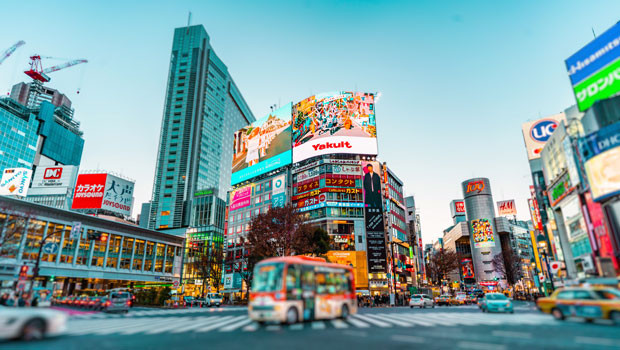Asia report: Stocks jump as Nikkei heads towards all-time high

Markets across the Asia-Pacific region saw significant gains on Friday, with Hong Kong emerging as the leader, closely followed by Japan and South Korea.
Japan's Nikkei 225 surged to a fresh 34-year high as it moved closer to breaching its all-time peak.
“The Nikkei reached a 34-year high, just shy of its all-time high of 38,957.44 points set on 29 December 1989,” said TickMill market analyst Patrick Munnelly.
“The stock market in Asia has surged by 15% this year, following a 28% rally in 2023.
“Despite Japan slipping into recession and losing its position as the world's third-largest economy to Germany, the market has seen significant growth.”
Munnelly said a weakening yen had both positive and negative impacts, benefiting large Japanese companies with global operations but raising prices for food and energy imports, affecting consumers.
“The Bank of Japan is facing the challenge of balancing negative interest rates with accommodative monetary policy.
“BoJ governor Kazuo Ueda mentioned the central bank will consider maintaining its monetary easing measures once the inflation target is consistently achieved.”
Markets in the green across the region, China still closed
In Japan, the Nikkei 225 index climbed by 0.86%, closing at 38,487.24 points, while the broader Topix index surged by 1.27%, reaching 2,624.73 points.
The rise on Japan’s benchmark was fueled by gains in stocks such as Mitsui Engineering & Shipbuilding, Rakuten, and T&D Holdings, which added 15.69%, 6.5% and 6.2%, respectively.
Meanwhile, Hong Kong's Hang Seng Index experienced an uptick of 2.48%, closing at 16,339.96 points.
The gains were led by WuXi Biologics, up 12.06%; Longfor Properties, ahead 10.22%; and ENN Energy, which closed ahead 9.33%.
South Korea's Kospi saw substantial growth of 1.34% to reach 2,648.76 points, with Kumho PetroChemical, Samsung Securities, and Mirae Asset Daewoo Securities among the biggest risers, advancing 9.45%, 7.99% and 6.67%, respectively.
In Australia, the S&P/ASX 200 index recorded a modest gain of 0.69%, closing at 7,658.30 points, led higher by Liontown Resources, up 11.91%; IGO, ahead 8.71%; and Pilbara Minerals, which was 7.23% firmer.
Similarly, New Zealand's S&P/NZX 50 index saw an uptick of 0.73%, closing at 11,724.48 points, with notable gains from Fletcher Building, KMD Brands, and Restaurant Brands New Zealand, which were up a respective 5.07%, 3.28% and 2.9%.
Markets in mainland China remained closed as the extended Lunar New Year holiday continued, having last traded a week ago.
In currency markets, the dollar was last 0.22% stronger on the yen to trade at JPY 150.26, while it saw a marginal increase of 0.01% against the Aussie, reaching AUD 1.5328.
Conversely, the greenback was last 0.07% weaker on the Kiwi, changing hands at NZD 1.6365.
On the oil front, both Brent crude and West Texas Intermediate futures saw minor declines, with the former last down 0.98% on ICE at $82.05 per barrel, and the NYMEX quote for the latter slipping 0.86% to $77.36.
Singapore’s non-oil exports rebound in January
In economic news, fresh official data showed a significant uptick in Singapore's non-oil domestic exports (NODX), with a 16.8% increase in January compared to the same period last year.
The growth follows a 1.5% decline in December.
According to Enterprise SG, NODX to key markets saw growth in January, primarily driven by China, the United States and Hong Kong.
However, exports to the European Union, Taiwan, Japan and Thailand saw declines during the month.
On a month-on-month seasonally-adjusted basis, Singapore's NODX saw a 2.3% increase, with non-electronics exports driving the growth, while electronics exports experienced a slight decline.
Reporting by Josh White for Sharecast.com.